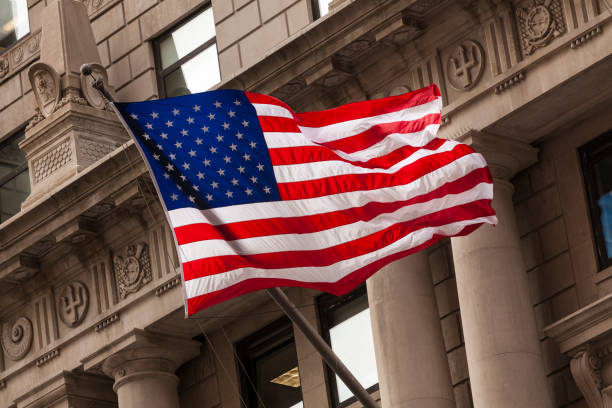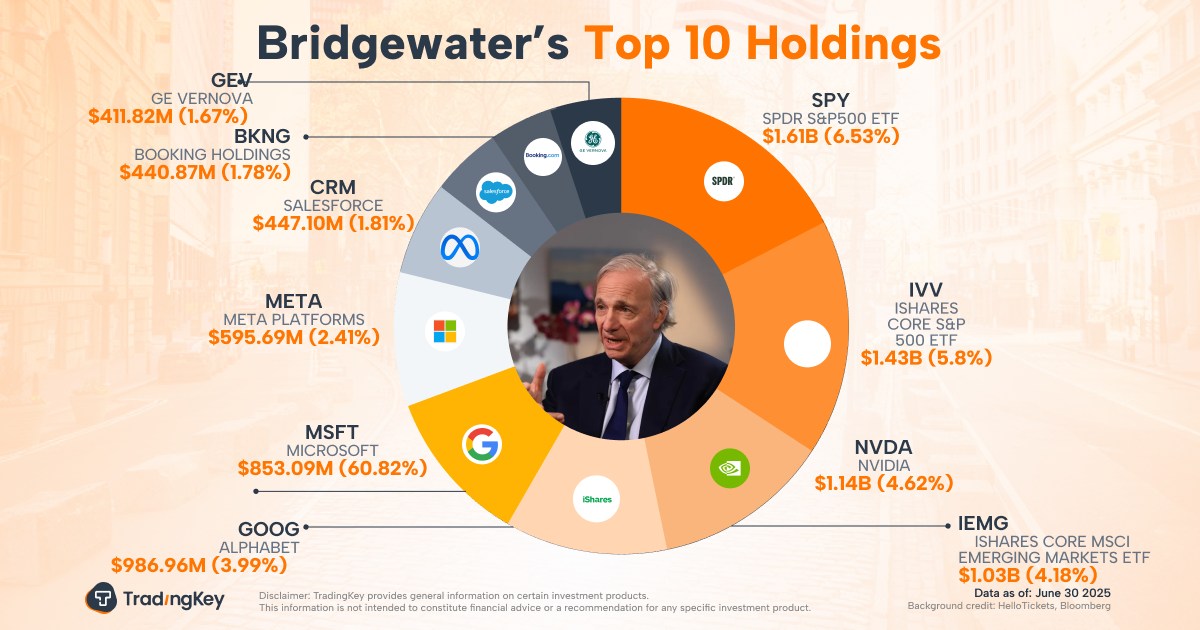COLUMN-Can the rich continue to prop up US consumer spending?: McGeever

By Jamie McGeever
ORLANDO, Florida, Aug 18 (Reuters) - U.S. consumer spending's surprising resilience is the main reason the economy has not only avoided recession, but continued to grow at a solid clip. The big question now is whether American households can keep that going, especially with higher, tariff-fueled prices coming down the pike.
In the U.S., "the consumer" is king. Consumer spending accounts for around 70% of total economic output, so changes in people's propensity to spend have a direct, outsized influence on the health of the economy.
But "the consumer" is, of course, actually millions of people. And when you split them into groups based on income and wealth, it becomes clear that total spending disproportionately comes from the rich.
Mark Zandi, chief economist at Moody's Analytics, said earlier this year that the richest 10% of Americans, those earning at least $250,000 a year, now account for half of all consumer spending. That's a record. Thirty years ago, the richest 10% accounted for 36% of all consumer spending.
A Boston Fed paper last week backed up Zandi's findings, concluding that the strength of aggregate consumer spending in the last three years is due to high-income earners. But the authors suggest high-income consumers have a reasonable cushion because they haven't maxed out their credit cards.
While the lower-income and middle-income cohorts both saw their credit card debt soar past pre-pandemic totals in the last few years, wealthier Americans' credit card debt remains below the 2019 high and well below the level implied by the pre-pandemic trend. So, if necessary, they still have room to borrow to fund their spending.
EARNING POWER
Spending across the income deciles could also be supported by enhanced earning power.
While some indicators show that the U.S. labor market may be softening, annual average earnings growth still rose in July to 3.9%, meaning real wage growth is running at a 1.3% annual pace, depending on what slice of inflation you use. Real annual wage growth has been between 1.0% and 1.8% for over two years, above the average for the decade leading into the COVID-19 health crisis.
And overall workers' income may be growing at an even faster rate, according to economists at Bank of America. They calculate that aggregate labor income – number of jobs multiplied by wages multiplied by number of hours worked - increased 5.5% in July on a six-month annualized basis. Most of that growth was driven by higher wages.
With household delinquency rates, excluding student loans, cooling off this year, strength in labor income should continue to support consumer spending, they argue. This, in turn, should help the U.S. avoid the recessionary spiral of lower spending begetting layoffs, begetting even lower spending, begetting more job cuts.
This is one of the reasons BofA economists retain their out-of-consensus call that the Federal Reserve won't cut interest rates at all this year.
FLASHING AMBER?
Others are less confident.
Zandi at Moody's Analytics warns that a correction on Wall Street would hit the rich hard via the negative wealth effects, "and, given how weak the economy is, push it into recession."
The concentration of equity ownership at the top of the U.S. wealth ladder is extreme - the richest 1% in the country owns 50% of stock market assets and the top 10% holds around 90%.
Some measures of household spending are already flashing amber. Inflation-adjusted spending as measured by personal consumption expenditures flatlined in the first half of this year.
Yet figures on Friday showed that retail sales rose 0.5% in July after an upwardly revised 0.9% gain in June.
But then there are tariffs. Companies, not consumers, have borne the brunt of these levies so far. Economists at Goldman Sachs estimate that consumers absorbed only 22% of tariff costs through June, but they reckon that figure could rise to 67% in the months ahead if the Trump administration's expected tariffs are implemented.
So there are grounds for both caution and optimism. Much will depend on whether the rich draw in their horns.
(The opinions expressed here are those of the author, a columnist for Reuters)





